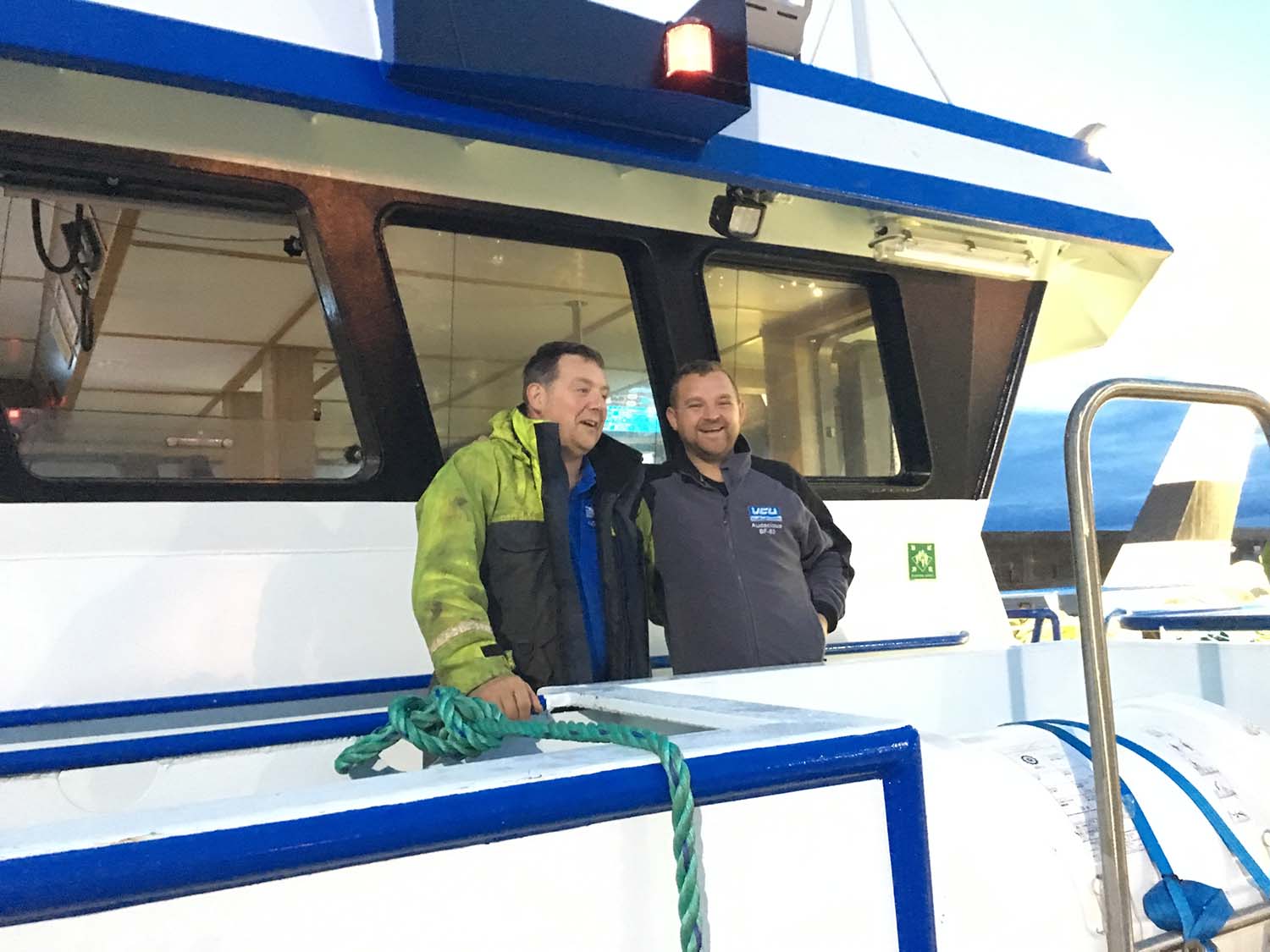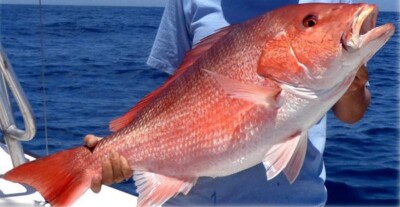Following its very successful use on pelagic fleets, SeapiX 3D volumic sonar once again demonstrates its unique performance for bottom trawling operations.
Near bottom fish detection is the most difficult capability to provide skippers, due to bottom backscattering level that reduces sensitivity of fishery acoustic devices.
The classic paradigm is to operate low-frequency sounder in order to get enough range for bottom operations (usually a 38-Khz or 50-Khz sounder, split beam 7 degrees). However, when doing so, the beam opening dramatically reduces the capability to discriminate individuals located inside bottom gear layer.
Alaska or North Europe fisheries dedicated to bottom species now face concerns relating to quantitative evaluation as well as species discrimination. Indeed, whatever the density of biomass, classic sounders show about the same echogram.
Comparing this to SeapiX technology, already equipping 27 bottom trawlers, skippers have clearly proven how Dual Multibeam technology is capable of providing more realistic assessment of near bottom biomass. This is the benefit of a Volumic Resolution (acoustic pixel) of only 0.6 m3 compared to the 6m3 usually offered by sounders. This volumic resolution, 10 times higher than traditional sounders, also provides capability to reach individuals closer to the bottom line.
This furthermore makes SeapiX capable of providing skippers with a fish detection that offers the same resolution and discrimination quality from surface and up to 400m depth, whatever the species — mackerel, blue whiting, cod, tuna, shrimps — SeapiX technology covers all species at all ranges.
It is for that purpose that David, owner of new F/V Audacious (UK), has chosen SeapiX for its new bottom trawler. After being operated for 9 months on the vessel, it was demonstrated that SeapiX, thanks to its high volumic resolution, is capable to detect about all individuals located inside a 5 ftm bottom layer.
"Facing a mix of 3 species all the time, I wish to target the fishing areas where there are the least different species possible. After calibrating the species within SeapiX, I get a clear species discrimination with up to 80 percent true real time classification. This truly helps me in the precise targeting of shoals.” says David.

Classification of fish species and index of biomass abundance, all around vessel near bottom fish mapping, including forward & backward looking detections.
An additional crucial feature for skippers is the understanding of near bottom biomass position and behavior. SeapiX sonar provides unparalleled forward-looking capability, but also similar capability to follow bottom fish backward, behind vessels. An extremely interesting feature that improves catch ability, whatever the fish behavior.
Howard, skipper of the F/V Northern Patriot (USA) at Trident Seafood, particularly enjoys all 3D indications provided by SeapiX (bottom profile/bathymetry, hardness, position of shoal, type of fish) to anticipate maneuvering in order to precisely target his catch and avoid the waste and discard of unwanted fish.
"I really like being able to use all 4 swaths, it is truly helping when the shoals are in front and beside the vessel. I can see if they are lying directly under the boat or off to one side," Howard says.

Up to 60 degrees forward looking detection of bottom fish over rocky bottom. Right echogram shows forward looking sector detection, center echo is bellow vessel, and left echogram shows fish located behind the vessel.
Compared to other sonars dedicated to bottom trawlers, SeapiX provides extremely clear and defined pictures of bottom fish at more than 45 degrees in front of the vessel, but also at more than 45 degrees behind the vessel.
Furthermore, bottom trawlers have to take risks while trawling on the bottom. Thanks to its Across Track and Along Track multibeam swaths, SeapiX provides real time seabed mapping and sediment discrimination, which helps reduce risks for the vessels.
"Most of the time I try to survey and to trawl in unknown areas. I always keep an eye on the 3D screens that provide me with all the crucial information around my gear, including bathymetry, sediment, and fish shoal to catch. SeapiX is the only machine capable to detect pipelines and to avoid dangers", David adds.

2D and 3D fishing scene presentation showing bathymetry, sediment hardness coloring and biomass mapping. Gear is shown to assist skipper to improve his targeting of species (on image, cod are red points; haddock are blue points).
Overall, SeapiX Forward-Backward looking sonar truly is a game changer for bottom trawlers. A smart solution that enables skippers to understand the biomass and to dramatically reduce the cost of gear damage and bottom operations.








